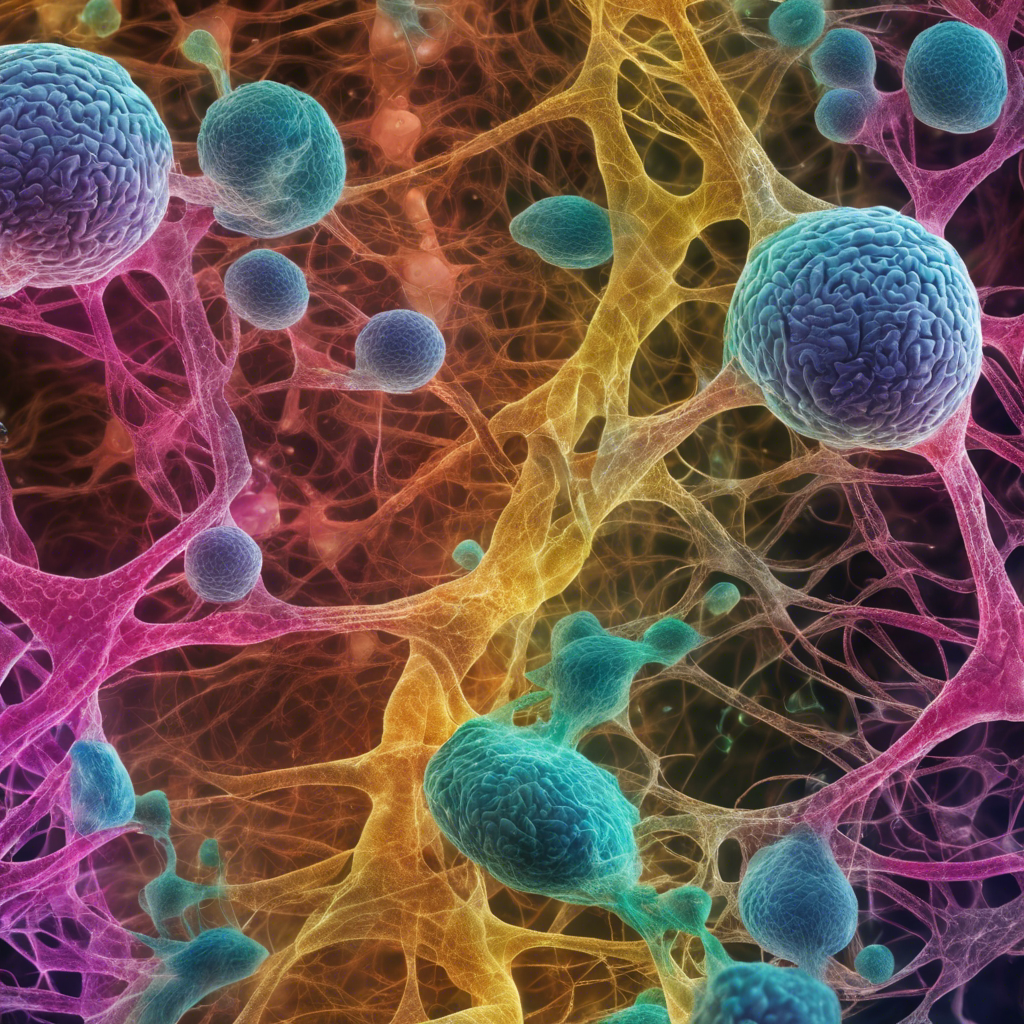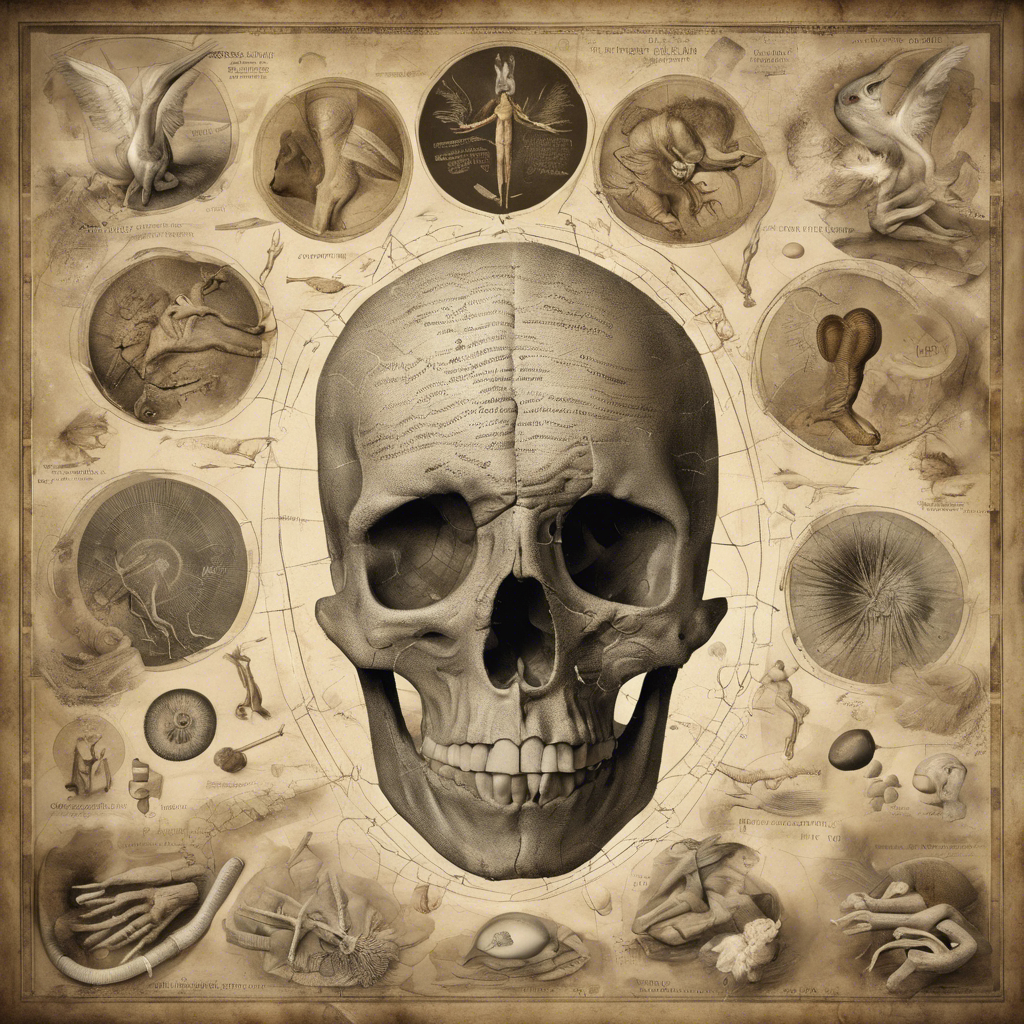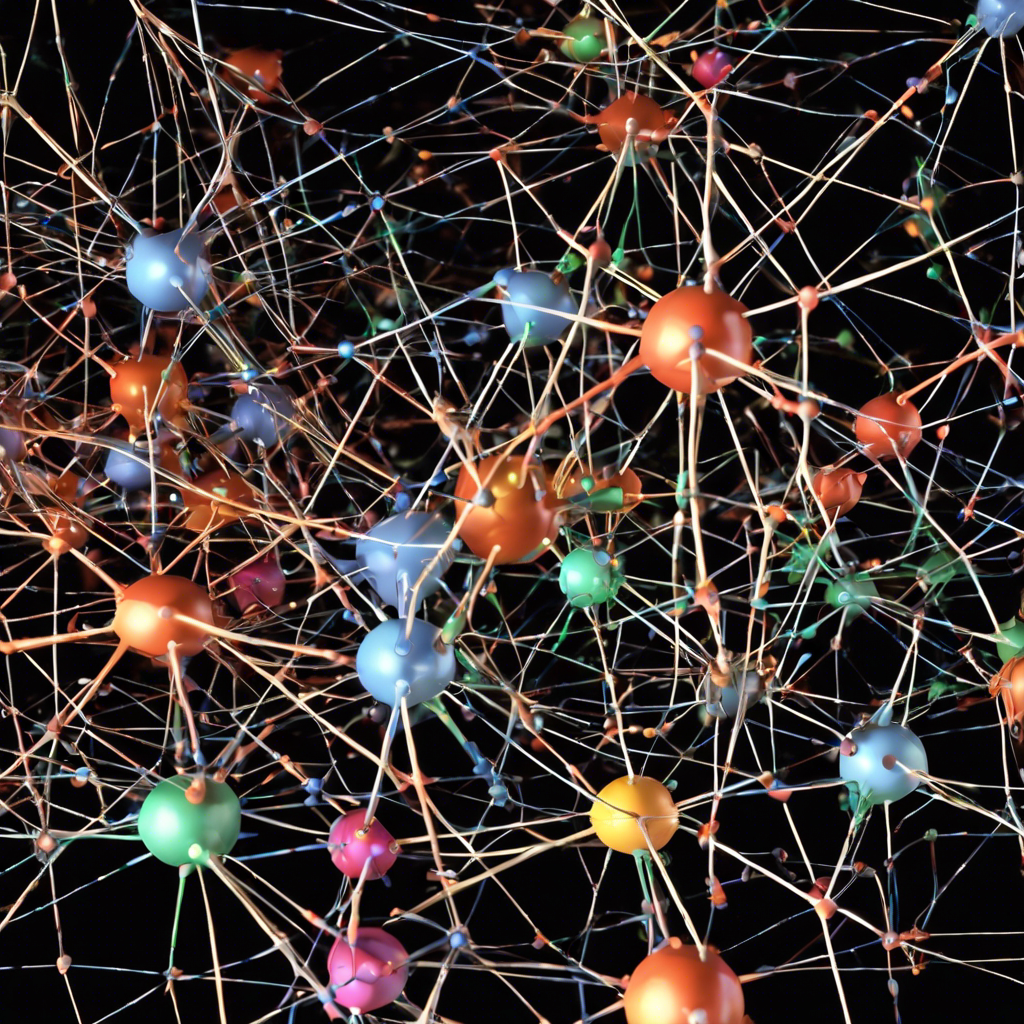Scientists Use Computer Modeling to Investigate the Adaptive Function of Aging
The quest to understand the enigma of aging has captivated human curiosity for centuries. While aging is often associated with the gradual decline of bodily functions, there are organisms that seemingly defy this process, raising questions about the inevitability of senescence. A team of researchers from the Institute of Evolution, led by Academician Eörs Szathmáry, has delved into the evolutionary dynamics of aging to shed light on its purpose and function. Their groundbreaking study, published in the journal BMC Biology, challenges conventional theories by proposing that aging can actually serve an adaptive purpose in certain circumstances.
The Power of Computer Modeling:
To test their hypothesis, the researchers developed a sophisticated computer model capable of simulating long-term evolutionary processes. This algorithm allowed them to study the proliferation of genes controlling senescence under controlled circumstances. By running evolutionary scenarios in a matter of hours rather than millions of years, the team was able to expedite their research and obtain valuable insights into the role of aging in evolution. This cutting-edge approach demonstrates the indispensable role of computer modeling in modern evolutionary research.
The Evolutionary Function of Aging:
The central question driving this research was whether aging serves any evolutionary purpose or if it is merely a byproduct of life’s natural course. Classical explanations posit that aging emerges in populations even in the absence of selection, as individuals would eventually die due to illness or accidents. This weakening of natural selection creates an opportunity for genes that have adverse effects on older individuals to accumulate, leading to senescence. However, recent discoveries of non-aging organisms have prompted scientists to reconsider the inevitability of senescence and explore potential adaptive advantages.
Challenging Non-Adaptive Theories:
Over the past century, several non-adaptive theories of aging have been proposed to explain its seemingly inevitable nature. However, the discovery of non-aging organisms has cast doubt on these theories and reopened the question of aging’s purpose. Alternative adaptive theories suggest that aging may have positive consequences, particularly in changing environments. Aging and death could be advantageous in reducing competition and allowing more adaptable progeny to thrive. However, this scenario depends on individuals being predominantly surrounded by their relatives, as non-aging individuals can “steal” beneficial genes during sexual reproduction, nullifying the advantages of senescence.
Accelerating Evolution through Aging:
Using their computer model, the researchers discovered that aging can indeed accelerate evolution. In a changing world, rapid adaptation becomes crucial for survival, and senescence can facilitate the identification and spread of advantageous traits. By favoring the survival and reproduction of descendants with better gene compositions, senescence can become an adaptive characteristic selected by natural selection. This finding challenges the notion that aging is solely a collateral consequence of evolution and demonstrates its potential as a driving force in the evolutionary process.
Conclusion:
The study conducted by the Institute of Evolution provides new insights into the evolutionary dynamics of aging, challenging traditional theories and highlighting the potential adaptive function of senescence. By utilizing computer modeling, the researchers were able to simulate long-term evolutionary processes and uncover the advantages of aging in a changing world. This research opens up new avenues for understanding the complex relationship between aging and evolution, paving the way for future investigations into the mechanisms behind the emergence and persistence of senescence. As the mystery of aging continues to unravel, scientists are one step closer to comprehending the intricate tapestry of life’s most enduring process.











